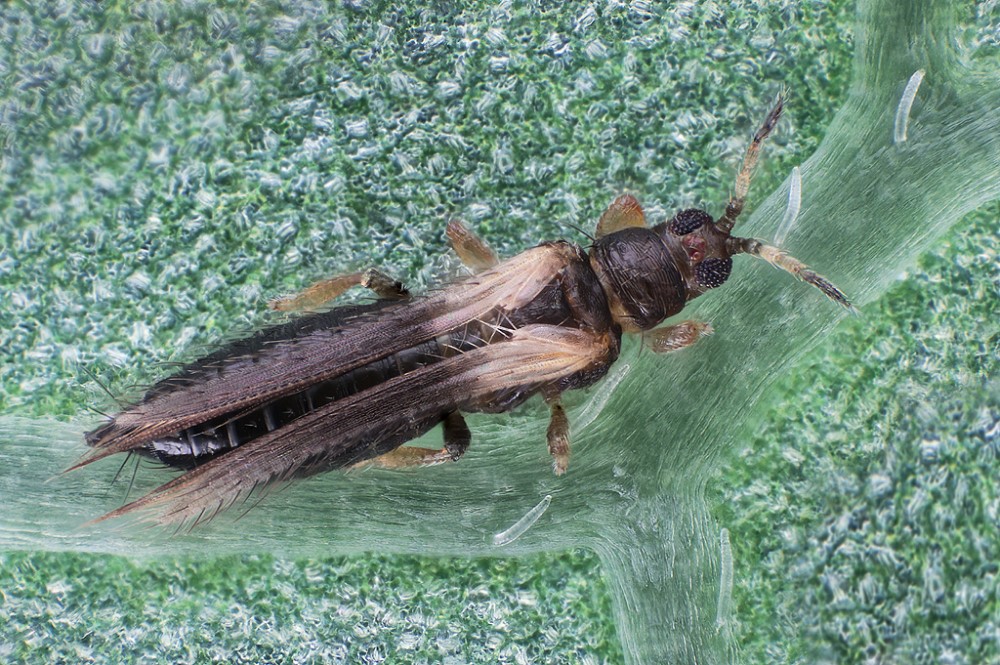Please click here to access the main AHDB website and other sectors.
- Home
- Knowledge library
- Identifying the cause of nursery hygiene problems in ornamental crops
Identifying the cause of nursery hygiene problems in ornamental crops
Identification and knowledge of the biology of particular pathogens, pests and weeds that are causing crop issues on a nursery allows hygiene practices to be tailored to these specific organisms.
Back to: Guidelines on nursery hygiene for outdoor and protected ornamental crops
Positive identification is key
Positive identification and an understanding of the biology of the target pathogen, pest or weed is particularly important for persistent problems.
For example, in an AHDB-funded study investigating sources of Pythium damping-off and root rot on ornamental nurseries, testing concluded that infections arose on most nurseries from contaminated structures and/or water. Cleaning and disinfecting these surfaces, combined with water treatment, are key points for preventing this pathogen.
To aid in the identification of a problem:
- Compile a list of common pests and diseases for the crops you grow and provide appropriate training so that staff can recognise them
- Ensure that all staff know that they should report a suspected pest or disease outbreak, and the reporting procedure
- If you are uncertain of the identity of a pest or weed or the cause of a disease, seek advice from a specialist crop consultant, or send a sample to a plant clinic for identification, for example:
- Fera Plant Clinic – www.fera.co.uk
- Plant Health Solutions - www.planthealth.co.uk
- Stockbridge Technology Centre Plant Clinic – www.stockbridgetechnology.co.uk
- Tree Health Diagnostic and Advisory Service – www.forestresearch.gov.uk
Uncommon or potentially serious pathogens or pests may be found on incoming plant material. A decision must swiftly be made to reject the consignment, destroy the plants, or control the problem. In the latter case, plants would need to be quarantined and then monitored to confirm that the treatment has been effective.
If the pathogen or pest is known or suspected to be a non-indigenous quarantine organism, you must immediately inform your local Plant Health and Seeds Inspector or email planthealth.info@apha.gov.uk
Useful links
Read the AHDB crop walker guides for bedding and pot plants, cut flowers and hardy nursery stock to familiarise yourself with the range of issues encountered in the production of ornamentals.
Crop Walkers' Guide: Bedding and pot plants
Crop Walkers' Guide: Cut flowers
Crop Walkers' Guide: Hardy Nursery Stock
Authors
The content for these web pages were originally authored for AHDB by:
Author(s) – Dave Kaye and Erika Wedgwood. ADAS Horticulture.
Original author(s) – Tim O’Neill, Wayne Brough, John Atwood and Jude Bennison, ADAS.
Webpage content correct as of June 2021.
Got a question? Ask a member of the team:
Thrips setosus is a new and serious pest of several protected ornamental crops

Image © Manfred Ulitzka.
Topics:
Sectors:
Tags:

